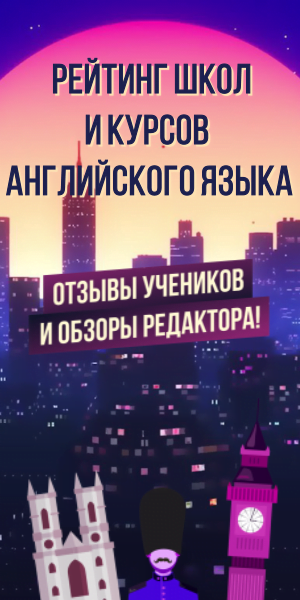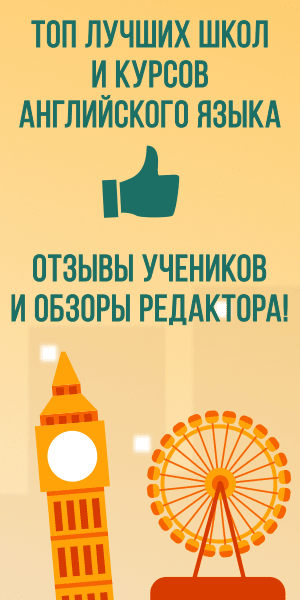Color Choices: Filmed in 1974, this movie was filmed in black and white. Our book notes that filming in B/W after the invention of color was a decision based on keeping the audience involved with dialog and characters, this movie was filmed in B/W simply to stay as close to the original 1931 Frankenstein as possible. This movie was the mother of all parodies, directed by the father of all parodies, Mel Brooks. In all ways, the movie tried to stay true to the original, including the use of a 1:85 aspect ratio and similar film stock the original.
Settings: Like the original, the film was set in the dark and dreary town of Transylvanian. The original Frankenstein was filmed with a setting as a reflection of the character. We knew or at least suspected, the Doctor was mad, based on the dreary, dark, forboding setting. Although a comedy, the same was used in Young Frankenstein. When arriving, Herr Frankenstein spots the castle up on a tall lonely hill with, of course, lightening striking at the appropriate time. The town is very 18th century, and fog is a constant within the town. The original setting likely attempted to create an emotional atmosphere as well. Of course, in Young Frankenstein, this emotional atmosphere was simply for effect.
Lighting: Low-key lighting was used in this movie to simulate the original, which itself is simulating the 19th century. This is not the norm for comedy, usually filmed in high-key. Shadows and indirect lighting were used, leading to the dark nature of the original. In fact, in only one scene did I recall it being shot in high-key in addition to lack of shadows. This was the scene with Frankenstein’s monster met the young girl with the flower and was seen see-sawing with her in the sunlight. This lighting pointed out 1) the naivety of the child who did not fear the monster, and 2) the childishness of the Monster, which was lost on adults.








